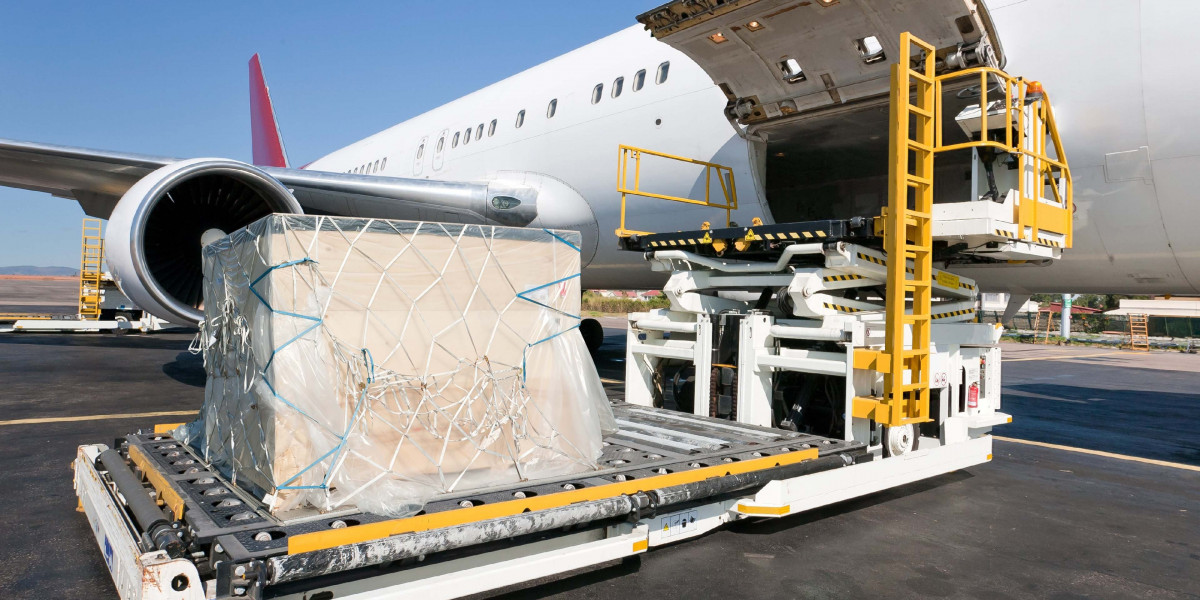The air freight market, while crucial to modern logistics and global trade, faces several restraints that could impede its growth. Despite its advantages in speed and reliability, air freight is not without challenges. Rising operational costs, environmental pressures, limited infrastructure, and regulatory complexities are among the key barriers that restrict market expansion and efficiency. As businesses increasingly rely on fast logistics solutions, understanding these restraints is essential for industry stakeholders aiming to navigate a complex and evolving market landscape.
High Operating Costs
One of the most significant restraints in the air freight industry is its inherently high operating cost. Compared to sea, rail, or road transport, air freight is considerably more expensive. Fuel, aircraft maintenance, labor, airport fees, and security expenses contribute to the overall cost burden.
Fluctuations in fuel prices are especially impactful, as aviation fuel accounts for a large portion of expenses. These cost pressures can make air freight unaffordable for many businesses, particularly those dealing in low-margin or bulk products. As a result, companies may prefer slower but cheaper alternatives, limiting the demand for air cargo services.
Limited Cargo Space and Capacity Constraints
Air freight is constrained by the physical space available in aircraft. While dedicated freighters provide more room, most cargo still travels in the belly of passenger planes, especially on popular routes. This makes capacity unpredictable and dependent on passenger flight schedules.
During peak seasons or emergencies, capacity can become highly restricted, leading to inflated prices and delayed shipments. The lack of sufficient cargo aircraft, especially in emerging markets, further limits the industry’s ability to scale with growing demand.
Regulatory and Security Challenges
Stringent international regulations pose another critical restraint for air freight operators. From customs and trade compliance to safety, security, and environmental regulations, air freight is governed by a complex web of laws that differ across countries and regions.
Navigating these regulations requires dedicated compliance teams and investment in technology to handle documentation and inspection requirements. Delays at borders due to customs procedures or security concerns can increase transit time and reduce reliability—two factors that customers of air freight prioritize most.
Furthermore, post-9/11 security enhancements have increased screening requirements for cargo, often resulting in longer processing times and higher handling costs. Although necessary, these security protocols can create inefficiencies that hinder rapid delivery.
Environmental and Sustainability Pressures
The environmental impact of air freight is a growing concern. Aircraft are among the highest carbon emitters per unit of cargo transported. With the global shift toward sustainability, regulators, customers, and investors are applying pressure on logistics companies to reduce their carbon footprint.
While innovations like sustainable aviation fuels (SAFs), electric aircraft, and carbon offsetting are underway, widespread adoption remains years away due to high costs and technological limitations. Environmental regulations may also impose emissions caps or taxes, adding another layer of financial pressure on operators.
This restraint is particularly relevant in markets where governments are aggressively pursuing climate goals and where public awareness of environmental issues is high.
Infrastructure Bottlenecks
Many regions lack the necessary airport infrastructure to support modern air freight operations. Congested airports, outdated cargo terminals, and inefficient ground handling services can slow operations and reduce competitiveness.
In developing economies, where air freight potential is significant, poor infrastructure can severely limit market access. Without investment in modern cargo facilities, automated handling systems, and advanced tracking technologies, these markets struggle to meet international service standards.
Moreover, the reliance on a few major hubs increases vulnerability to disruptions. A single delay or issue at a key airport can cause ripple effects across global supply chains.
Labor Shortages and Skills Gap
The aviation industry is facing a shortage of skilled labor, especially in cargo handling, aircraft maintenance, and logistics planning. This shortage not only affects service quality and speed but also increases labor costs as companies compete for experienced workers.
Additionally, the training and certification requirements in the aviation sector make it difficult to quickly scale up the workforce in response to rising demand. As air freight operations become more technologically advanced, the need for digital skills further compounds the issue.
Volatility and External Disruptions
The air freight market is sensitive to global economic conditions, geopolitical instability, and health crises. Events like pandemics, wars, or economic recessions can disrupt demand, restrict airspace, or halt airport operations altogether.
During such disruptions, passenger flight reductions also cut belly cargo capacity, compounding the problem. Volatility in trade policies, such as tariffs and sanctions, adds uncertainty and affects trade volumes, making it harder for companies to plan air cargo strategies reliably.
Conclusion
The air freight market, despite its strategic advantages, is confronted by a variety of restraints that limit its growth and efficiency. High operational costs, infrastructure gaps, regulatory hurdles, and environmental concerns collectively challenge the industry’s ability to expand and innovate at the pace of demand.
Addressing these barriers requires a combination of technological investment, global cooperation, infrastructure modernization, and policy reform. Stakeholders must balance profitability with compliance and sustainability, while also preparing for future disruptions.
By tackling these restraints head-on, the air freight sector can unlock its full potential and continue to serve as a vital pillar of the global supply chain. However, without deliberate action, these challenges will persist and slow the progress of a market poised for transformation.








